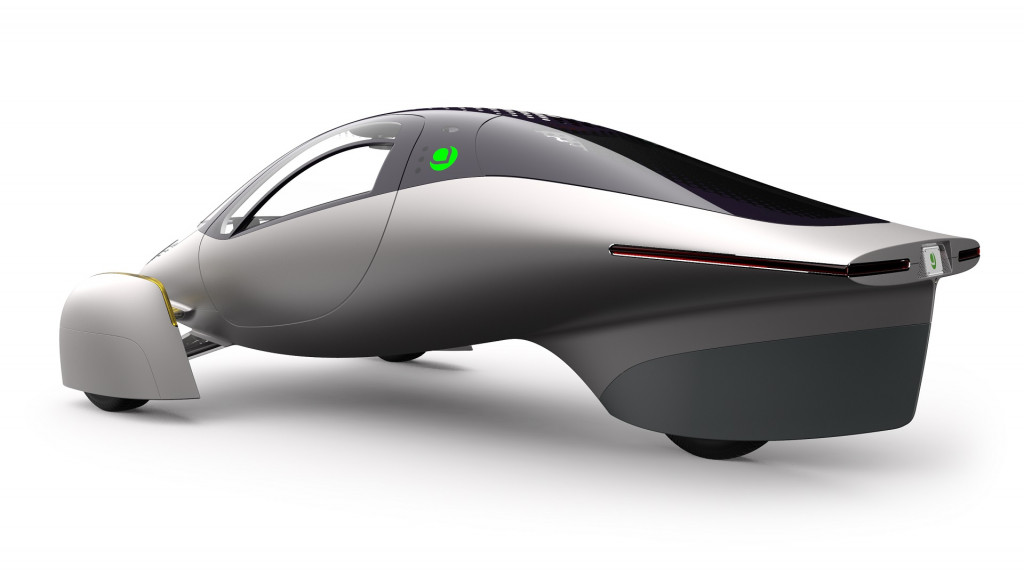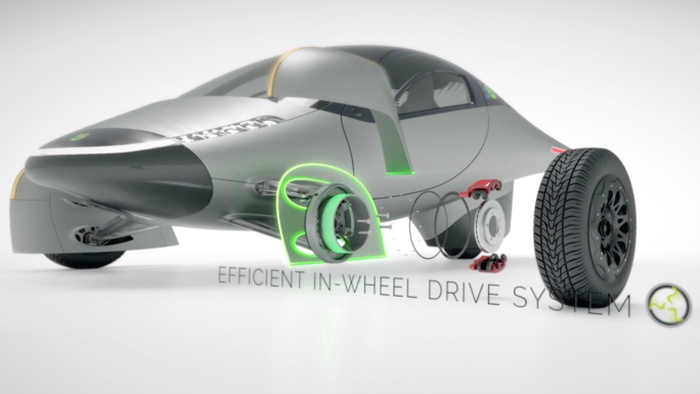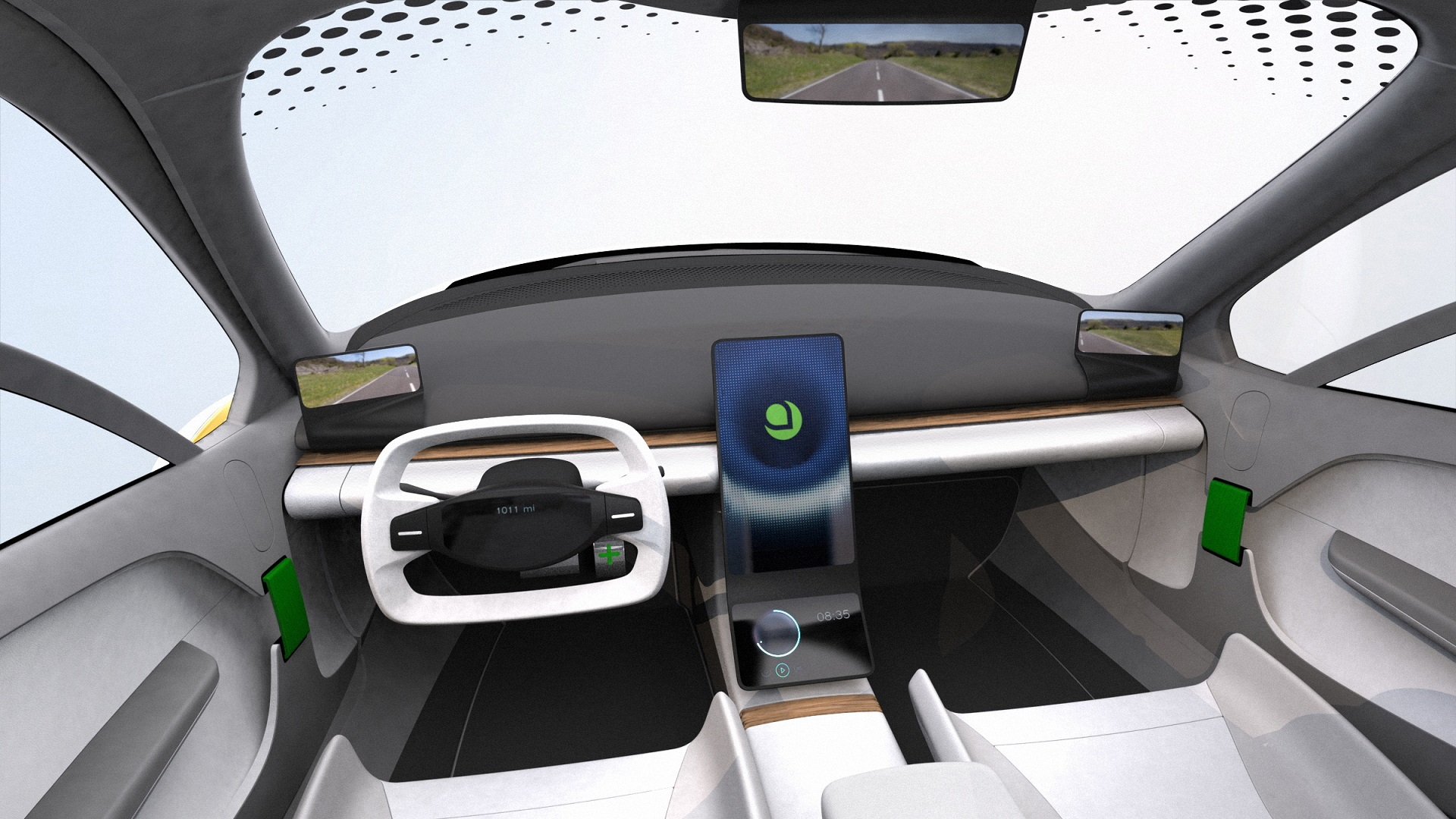Aptera Motors’ says that most drivers will never need to charge its three-wheeled, solar-powered car—offering a driving range of up to 1,000 miles—and that it will be “the most efficient vehicle ever made available to consumers.”
While those astounding efficiency and range figures often take top billing—for good reason—Aptera has some ambitious performance targets as well: 0-60 mph in as little as 3.5 seconds, with a top speed of 110 mph.
The company on Friday released a new video of this unparalleled vehicle testing in early alpha prototype form at Barona Drags, in Southern California, as it begins to test aspects of the vehicle’s performance.
In the video, Aptera CEO Chris Anthony notes that this first track time also helped the team assure that these development vehicles are good to drive on the streets around San Diego, where the company is based.
The Aptera uses Elaphe in-wheel motors at all three wheels, and the company notes that while it’s still tuning them, it’s getting a lot of regenerative torque from them for braking, and it appears to have done some drag-racing with a Chevy Bolt EV.
Aggressive handling maneuvers, with moose-test scenarios, have verified that the car is “very well balanced,” according to Anthony.

Aptera testing alpha prototype
“We can’t wait to spend the next few months with our engineers and vendors to design beta units that are even better,” he summed, noting that with an added swaybar, and more suspension and motor tuning the performance will only get better.
The company also plans to bring in its own battery technology, which it is developing at the San Diego–area facility it moved into in February. It also plans to develop the UX/UI for the vehicle there, as well as some advanced 3D printing techniques that may be part of an assembly process that can be efficiently scaled up as needed.

Design for new Aptera electric car, Aug 2019
Aptera has pitched the three-wheeler as a “never charge” vehicle, because they anticipate that it can rely enough on solar power for most daily use. The Aptera has 180 solar cells designed into the body and covering 32.2 square feet, and the company claims that in most regions of the country, it will be able to go more than 11,000 miles per year purely from solar energy.
That alone could give it an appeal far greater than other so-called autocycles, which live in a gray area that makes them a variant of motorcycles according to many states, allowing them to dodge some car-safety requirements.

Aptera's Old Website (Screenshot)
Aptera, which started on its original concept for this vehicle a decade ago before running out of funding, completed a $4 million funding round in February, and said then that it had over 7,000 reservations—with that number reportedly recently nearing the 10,000 level.
The closest solar-car alternatives to the Aptera are both four-wheeled vehicles, with slim chances of coming to the U.S. in the near future. The Sono Sion is a solar-supplemented hatchback, to be made in Sweden and positioned primarily for Europe, while the Lightyear One is a Dutch effort being conceived by World Solar Challenge veterans.
Pricing for the Aptera starts at $25,900, and the company has said that first production vehicles will be made in 2021.



















